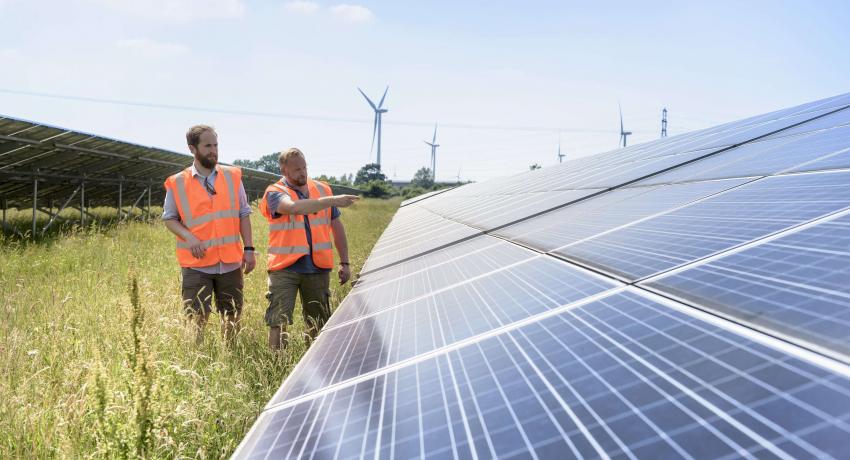The S2S4E project has published a new report summarising its main insights on subseasonal and seasonal forecasts, and how the energy industry and other weather-dependent sectors can benefit from using these forecasts.
The report presents three years of research on subseasonal and seasonal forecasts conducted as part of the S2S4E Climate Services for Clean Energy project. The project has been funded by the EU’s research and innovation programme Horizon 2020 and coordinated by the Barcelona Supercomputing Center.
The 12 partners in the project come from seven different countries in Europe, and together they have been working to make subseasonal and seasonal forecasts more useful to the energy sector.
This report provides a summary of the work done as part of the S2S4E project, focusing mainly on how subseasonal and seasonal forecasts can make the European energy sector more resilient to climate variability, and on how the energy industry can benefit from using these forecasts.
Explains the research conducted as part of the S2S4E project
In the report, you can read about the research that has been conducted as part of the S2S4E project, both on subseasonal and seasonal forecasts, and on user needs and how the use of such forecasts can improve decision-making within the energy industry.
The report gives readers an introduction to the S2S4E Decision Support Tool, the new forecasting tool specifically tailored to the energy industry that has been developed by the project. The tool features subseasonal and seasonal forecasts for renewable energy production and electricity demand and shows the global climate outlook for up to three months ahead.
The report also explains why the need for subseasonal and seasonal forecasts will increase in line with the continued transition to renewable energy, and why more research is needed to improve the quality of these forecasts.
Explains how subseasonal and seasonal forecasts can improve decision-making
Moreover, this report presents several examples of decision-making processes within the energy sector that could benefit from increased use of subseasonal and seasonal forecasts. It also presents some of the case studies done as part of the project of unusual situations in the power market in several European countries, to show how subseasonal and seasonal forecasts could have brought added value to companies’ decision-making ahead of these specific events.
The energy industry is not the only sector that could benefit from increased use of subseasonal and seasonal forecasts in its decision-making, and this report therefore also gives examples of other weather-dependent industries for which such forecasts could be useful.
The report also gives an overview of existing policy support for the use of subseasonal and seasonal forecasts, both at national and EU level. Finally, it presents policy recommendations for how the EU can contribute to increasing both the use and the quality of subseasonal and seasonal forecasts.
Read here the full ‘S2S4E White Report: How subseasonal and seasonal forecasts can help the integration of renewables into Europe’s energy sector’.
Written by: Iselin Rønningsbakk / CICERO Center for International Climate Research. Photo by Monty Rakusen / Getty Images.


